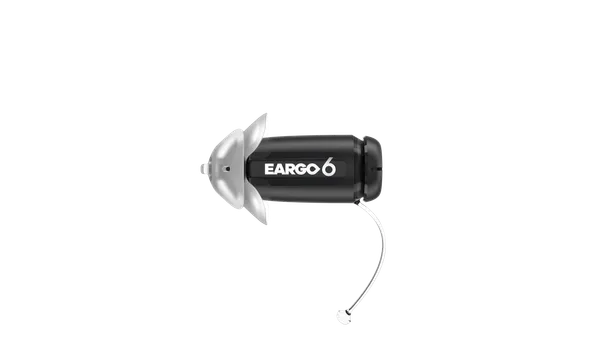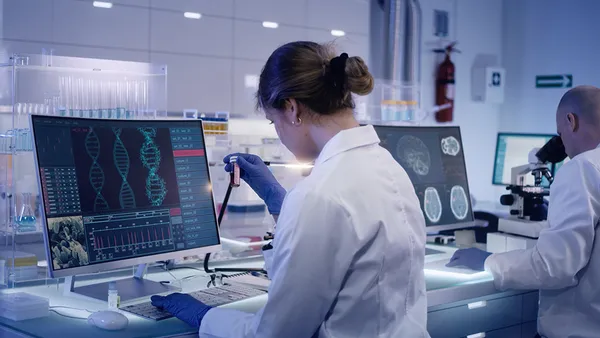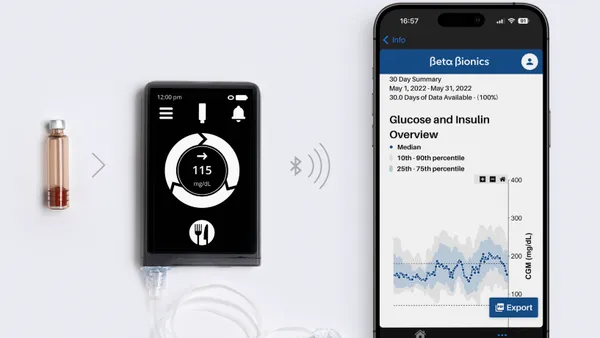The medtech industry is rapidly transitioning to a digital clinical infrastructure to address evolving regulations and inefficiencies with manual processes and data management systems. Alcon and Illumina, two leading medtech organizations, realized the value of transitioning to a digital approach.
During a panel discussion at Veeva MedTech Summit, Leianne Ebert, head of global data operations at Alcon, and Phil Tayco, associate director, clinical data management at Illumina, shared insights on the challenges, implementation best practices, and outcomes of their respective transformations, including:
- Unifying clinical data management to reduce manual effort
- Ensuring analysis-ready data at all times
- Driving faster study builds
Laying the foundation for a digital clinical infrastructure
To effectively implement a digital infrastructure, Alcon and Illumina emphasized the value of a phased approach to implementing the Vault Clinical Platform and importance of training processes. Ebert and Tayco both cited managing CROs and internal resources, establishing standards and protocols, and maintaining data integrity across broad data sets as key challenges. Making the transition required an easy-to-implement system and phased approach.
One of Illumina’s first initiatives was to bring their studies in-house and centralize the clinical infrastructure. Tayco stated that they “started with investments in eTMF and CTMS, with the opportunity to bring CDMS into the infrastructure.” Today, Illumina builds and manages all of their own studies.
Alcon was focused on implementing core solutions quickly to speed up their study builds with a longer term plan to implement additional solutions. The company now has more than 130 clinical studies in Veeva Vault CDMS after making the strategic decision to internalize data operations and train their CROs on the process.
Achieving autonomy through hands-on training
Alcon took a hands-on approach to train their team during initial study builds. “We started by learning from Veeva and their dialogue, while simultaneously training with a mentorship approach for the next two builds” Ebert said. “Then we moved forward with a long-term engagement plan where we were doing practically all of the builds independently.” This approach helped drive adoption and ownership among internal stakeholders at Alcon, while maintaining support from Veeva on more complex builds.
Illumina followed a similar process in terms of training and enablement with a focus on rapid prototyping and agile design. With a lean operation of less than ten people, Tayco emphasized the need for a consistent, reliable, and flexible solution to reduce the burden on his team. As Illumina implemented a digital infrastructure, he noted a shift in their approach: “previously we gave protocols and wrote specs for CROs to do the builds. Knowing that we were going to bring that in-house, we decided to use the design environment to do the builds, prototype them with our data collection team, and make sure we have the right CRF design in place.” By streamlining this process, Illumina was able to reduce dependency on creating custom edit checks in programming and focus more attention on data review, optimization, and transfer logistics.
Implementing standards to maximize trial efficiency at scale
As Alcon and Illumina introduced additional studies and stakeholders to Vault, implementing standards and taking an iterative approach to the design of future studies became increasingly important to streamline the overall trial process.
Illumina leveraged their refined ecosystem to standardize processes and minimize the burden on their team. Eager to shorten timelines, Tayco stated “we have a few study types that we deal with, but within those study types you have the same case report form and data elements. That led to an opportunity to utilize our CDMS, CDB, and existing processes to not only meet a timeline, but reduce it. It is all happening automatically within the Vault Platform and that could not have happened without the standardized processes and enablement that occurred prior to that.”
Alcon established clear objectives to build their standards and new studies and reduce their data clean cycle from 20 to less than 14 business days. To realize these goals, Ebert stated that “it is important to understand what you are working towards and take it one step at a time. We focused on getting the core foundational layer done . . . what that did is get us to 50% standardization on every single study. At the end of last year, we established therapeutic standards and were able to enhance that number further to 80%, exceeding our goal of 75%.”
By taking a phased approach and establishing clear and achievable goals, Alcon and Illumina were able to make a clean transition and achieve faster deployments as they built their digital infrastructure.
Four key takeaways for clinical leaders
As you consider implementing a digital clinical infrastructure, consider these four insights from our panelists:
- Take a phased approach to implementation
- Hands-on training to establish autonomy
- Take an iterative approach to standard and protocol development
- Define clear KPIs and goals
Interested in hearing more from the panelists?
Leianne Ebert: Growing with a Multi-Solution Provider: 4 Years of Improvement at Alcon
Phil Tayco: Managing Multiple Data Sources with Vault CDMS










